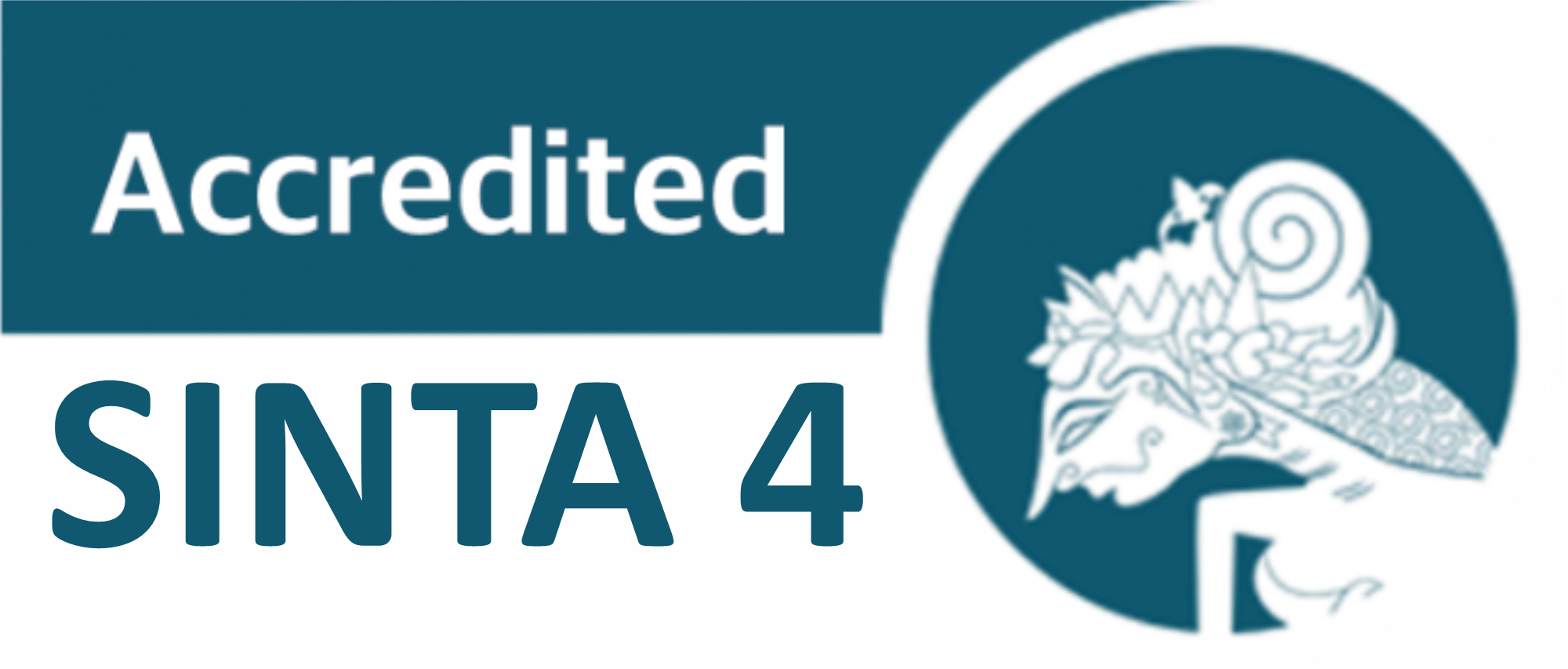Learning Painting Based on Ecological Wisdom: A Development Research to Enhance Visual-Spatial Intelligence of Universitas Negeri Medan Students
DOI:
https://doi.org/10.24114/gr.v14i1.64292Keywords:
Drawing, Sketching, Visual Spatial, Ecological, WisdomAbstract
This research is motivated by the lack of optimal learning activities and processes in developing students' spatial visual intelligence rationally and logically to create painting art in the UNIMED Fine Arts Education study program. This research aims to improve visual spatial intelligence and the quality of student paintings through the development of an ecology-based painting learning model. This development research uses the 4D model (defining, designing, developing, and disseminating). Based on the results of the study, it is known that; the design of the ecological wisdom-based painting learning model is based on an ecopedagogical learning approach. The design of this ecological wisdom-based painting learning model concretely adapts the syntax of the ELM Eco EA learning model and the free expression learning method. The adaptation of the ELM Eco EA learning model and free expression learning method is the basis for the design of the developed ecology-based painting learning model. The syntax and learning steps of these models and methods were reconstructed to produce a more contextualized hypothetical painting learning model design consisting of several steps, namely; 1) Preparation; 2) Providing Stimulus; 3) Investigation; 4) Determination of Theme; 5) Preparation of Tools and Materials; 6) Implementation; 7) Evaluation. After the developed learning model has met the eligibility criteria, overall the results of the data analysis of this trial are effective, this can be seen from the criteria for achieving classical completeness, achieving learning objectives, and student responses in accordance with the criteria specified in the learning and material studied.References
Azis, A. C. K., Mesra, M., & Sugito, S. (2021). PENGEMBANGAN BAHAN AJAR MICRO TEACHING BAGI MAHASISWA SENI RUPA UNIVERSITAS NEGERI MEDAN. Gorga : Jurnal Seni Rupa, 10(1). https://doi.org/10.24114/gr.v10i1.26011
Dita Safitri, A. M. (2022). Pengembangan Game Geomaze Berbasis Aplikasi Untuk Menstimulasi Kecerdasan Visual Spasial Anak Usia 4-5 Tahun. COMSERVA Indonesian Jurnal of Community Services and Development, 1(12). https://doi.org/10.36418/comserva.v1i12.180
Febianti, Y. N., & Joharudin, M. (2018). FAKTOR-FAKTOR EKSTERN YANG MEMPENGARUHI PRESTASI BELAJAR MAHASISWA. Edunomic Jurnal Pendidikan Ekonomi, 5(2). https://doi.org/10.33603/ejpe.v5i2.246
Hoerr, T. R., Boggeman, S., & Wallach, C. (2010). Celebrating Every Learner: Activities and Strategies for Creating a Multiple Intelligences Classroom. In Education Review (10945296).
Kartono, G., Mesra, M., & Azis, A. C. K. (2020). PENGEMBANGAN MEDIA AJAR GRAFIS KOMPUTER MATERI WPAP DALAM BENTUK E-BOOK DAN VIDEO TUTORIAL BAGI MAHASISWA SENI RUPA. Gorga : Jurnal Seni Rupa, 9(1). https://doi.org/10.24114/gr.v9i1.18191
Kopnina, H., & Bedford, T. (2024). From Pseudo to Genuine Sustainability Education: Ecopedagogy and Degrowth in Business Studies Courses. Australian Journal of Environmental Education. https://doi.org/10.1017/aee.2023.39
Mamur, N., & Çelik, T. (2023). Ecological art pedagogy: co-creation for ecological transformation. Education 3-13. https://doi.org/10.1080/03004279.2023.2266510
Manurung, M., & Sugito, S. (2017). MINAT MAHASISWA MEMILIH MATA KULIAH STUDI KHUSUS SENI LUKIS PADA JURUSAN SENI RUPA FAKULTAS BAHASA DAN SENI UNIVERSITAS NEGERI MEDAN ANGKATAN 2014. Gorga : Jurnal Seni Rupa, 6(1). https://doi.org/10.24114/gr.v6i1.11025
Miller, W., & Cardamone, A. (2021). Educating Through Art, Ecology, and Ecojustice: A Rain Barrel Project. Art Education, 74(1). https://doi.org/10.1080/00043125.2020.1825595.
Muslim, M., Diningrat, R. B., & Islami, D. (2024). PENGEMBANGAN PEMBELAJARAN DEMONSTRASI TERBIMBING DENGAN STRATEGI DIFERENSIASI PADA MATA KULIAH MENGGAMBAR SKETSA. Gorga: Jurnal Seni Rupa, 13(1).
Nainggolan, M., Silaban, B., & Azis, A. C. K. (2018). ANALISIS KARYA GAMBAR BENTUK SISWA KELAS VII SMP NEGERI 1 SIMANGUMBAN BERDASARKAN PRINSIP-PRINSIP SENI RUPA. Gorga : Jurnal Seni Rupa, 7(2). https://doi.org/10.24114/gr.v7i2.11350
Novita Rizki, S., Kustiawan, U., & Suryadi, S. (2020). Peningkatan Rock Painting terhadap Kecerdasan Visual Spasial Anak di RA Darul Fikri. Golden Age: Jurnal Ilmiah Tumbuh Kembang Anak Usia Dini, 5(3). https://doi.org/10.14421/jga.2020.53-01
Purwanto, N. (2006). Prinsip-prinsip dan Teknik Evaluasi Pengajaran. In Bandung : PT Remaja Rosda Karya.
Pylypchuk, O., Krivenko, O., Polubok, A., Zapryvoda, A., & Zapryvoda, V. (2021). Ecological Innovations of Materials in Art Objects to Create a Comfortable Human Environment. Proceedings of the 2021 2nd International Conference on Modern Education Management, Innovation and Entrepreneurship and Social Science (MEMIESS 2021), 568. https://doi.org/10.2991/assehr.k.210728.001
R. Oktaviani. (2021). Kecerdasan Visual Spasial Peserta Didik dalam Kemampuan Komunikasi Matematis Ditinjau dari Gender. BMC Public Health, 5(1).
Ratnasari, E. M. (2020). Efektifitas Penggunaan Buku Cerita Bergambar terhadap Kecerdasan Visual Anak Prasekolah. Jurnal PG-PAUD Trunojoyo : Jurnal Pendidikan Dan Pembelajaran Anak Usia Dini, 7(1). https://doi.org/10.21107/pgpaudtrunojoyo.v7i1.4287
Sugiarto, E. (2017). Kearifan Ekologis sebagai Sumber Belajar Seni Rupa: Kajian Ekologi-Seni di Wilayah Pesisir Semarang. Jurnal Imajinasi, 11(2).
Suriansyah, A., Agusta, A. R., & Setiawan, A. (2021). ANTASARI’s Developing Blended Learning Model Based on Ecopedagogy Study to Improve Ecological Awareness, Soft and Social Skills on Elementary Education. Proceedings of the 2nd International Conference on Social Sciences Education (ICSSE 2020), 525. https://doi.org/10.2991/assehr.k.210222.005
Thiagarajan, S. (1974). Instructional Development for Training Teachers of Expectional Children. In Minneapolis, Minnesota: Leadership Training Institute/Special Education,University of Minnesota.
Downloads
Published
How to Cite
Issue
Section
License
Copyright (c) 2025 Muslim Muslim, Raden Burhan Surya Nata Diningrat, Akmal Akmal

This work is licensed under a Creative Commons Attribution-ShareAlike 4.0 International License.
Copyright
Authors published in this journal agree to the following terms:
- The copyright of each article is retained by the author (s).
- The author grants the journal the first publication rights with the work simultaneously licensed under the Creative Commons Attribution License, allowing others to share the work with an acknowledgment of authorship and the initial publication in this journal.
- Authors may enter into separate additional contractual agreements for the non-exclusive distribution of published journal versions of the work (for example, posting them to institutional repositories or publishing them in a book), with acknowledgment of their initial publication in this journal.
- Authors are permitted and encouraged to post their work online (For example in the Institutional Repository or on their website) before and during the submission process, as this can lead to productive exchanges, as well as earlier and larger citations of published work.
- Articles and all related material published are distributed under a Creative Commons Attribution-ShareAlike 4.0 International License.
License
Gorga : Jurnal Seni Rupa is licensed under a Creative Commons Attribution-ShareAlike 4.0 International License.










